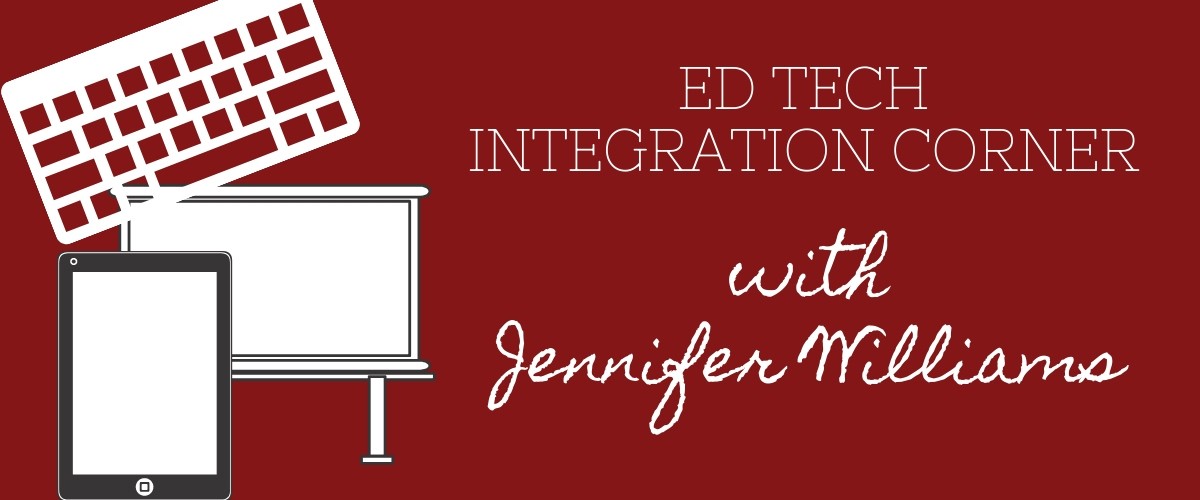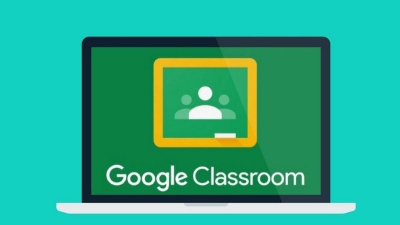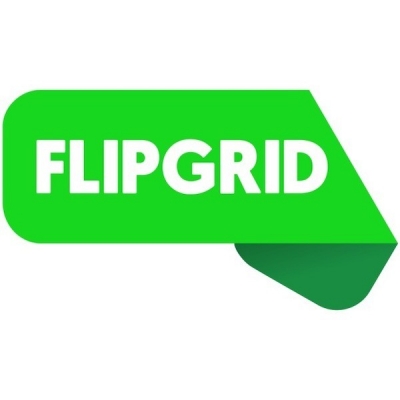
Ed Tech Integration Corner

Jennifer Williams
Hello again, from the Ed Tech Integration corner of the JRCOE! I hope this issue finds each of you healthy and safe.
There is so much I could discuss because education in general has seen many challenges just since spring break in the middle of March. Educators at all levels had to scramble and try to provide for their students so education could (kind of) continue. No one currently teaching has experienced a pandemic and the level to which it disrupts everyday life. Even if we had known, I am still not sure we could have prepared because of the glaring inequities in educational funding and inequitable access to devices, internet, and opportunities.
But...Oklahoma educators do what we have always done: make it work for our students.
I have to take a moment and brag on the professors, instructors, and adjuncts at the Jeannine Rainbolt College of Education. They asked for help, quickly learned new apps (like Zoom), and tried to consider how best to serve our students. It has been an interesting exercise in flexibility and realizing sometimes health and well-being must come first. In education, we sometimes throw around the pithy “Maslow before Bloom,” which means we must care for students as people before learning can happen. (On a side note, here is a summation of how the Blackfoot Nation inspired and informed Maslow’s famous Hierarchy of Needs). The pandemic, with its self-isolation, quarantine, and uncertainty about the virus tested this idea of “Maslow before Bloom.”
How do educators meet student’s physical, emotional, psychological needs through an online platform--or when those students do not have access to technology (except for a phone)?
Schools are still figuring out how to do this, but for those students and schools that have devices (like iPads or laptops) for students to take home — and the students have adequate internet — there are several helpful apps and websites to help teachers engage students in online learning.

The first app/website has been around for a while, but without proper training, many teachers have been reluctant to explore its possibilities. Google Classroom burst onto the ed tech stage in 2014. I have used many of the Google apps since 2009, but Classroom immediately made my life more efficient. My students appreciated its organization. We were able to cut down on paper use, and I had fewer actual papers to tote home each night. Over the years, Google has listened to teacher feedback and worked to improve the app. Even better, students can access Classroom on phones (although typing assignments on a phone is slow, clunky and uses data), Chromebooks, Mac devices and any other device that accesses the internet.
Classroom has been used with students as young as second grade, and some schools are even trying it with younger students. The app allows teachers to push out many types of assignments: tests, PDFs, videos, audio, worksheets, etc. Using another Google app, like Slides or Docs, is as easy as clicking on a button. Submitting assignments is also that easy.
Students can submit private comments to a teacher or a comment to the class, which could be used if they were asking for help. When a student chooses an assignment and attaches a document (or other Google medium), the teacher also has immediate access. Even if teachers and students are not face-to-face, they can at least chat through the document in real time. I have used this when I have been absent for something like a conference. Students would work on the assignment and submit a comment. I received a notification of the comment and could then “hop on” the student’s document to respond and help. Typing may take longer and lack the nuances of face-to-face interaction, but this feature at least keeps open the lines of communication between teacher and student when they cannot be together.
At the beginning of 2020, Google rolled out its gradebook and rubric options. Teachers could post grades before, but they were not organized into a gradebook. Most schools continue to use something like Power School or Infinite Campus for grades and student information, but Google is working to make it so teachers can integrate Classroom with their school’s gradebook. Why do both? I think it is helpful to have many tools because we need a range of options when trying to reach a range of students.
Considering some of my past students, I think they might prefer Classroom’s gradebook because it seems less formal. Combining the rubric option with the gradebook increases communication with students. Classroom allows teachers to create their own rubrics, with points and criteria. When attached to an assignment, students can see how a teacher will grade their work and what they need to do to earn their grade.

Hopefully you’re still reading because I want to share one more app: Flipgrid. Zoom has been helpful with synchronous meetings but moving online has forced educators to be even more flexible and shown many of us the need for asynchronous options. Flipgrid is not a new app, but they keep adding features and improving the app. Students can access Flipgrid from a phone, a laptop (Mac or PC), or any other handheld device.
So, what is Flipgrid? It allows users to make short videos, post them, and others in the “grid” to reply to those videos. It also gives students the ability to be a little silly or fun by adding backgrounds, filters, and stickers to their videos. I even used the app in grad school as a way of introducing ourselves in an online class.
While teachers can use Flipgrid in class, I see so much potential for online/distance learning. I could post many different types of videos: instructions, encouragement, checking-in, answering questions, demonstrating a concept, giving a review, and on and on. Students could engage with my video, almost like we’re together in class. They could post their own questions, their own demos, their own projects. They could participate in class discussions.
I get excited when a tool gives me so many options to connect with my students AND offers them so many ways to show me their learning. Plus, Flipgrid is asynchronous. I can work in the morning, my students could work in the afternoon or late at night, and then we can interact on our own time. It’s not as fast and efficient as a simultaneous class discussion, but not even something like Zoom can recreate that type of classroom experience.
With an uncertain picture of what schools will look like next school year, teachers and students are going to have to learn even more flexibility. But this also gives educators room to reimagine what education can look like for students. While teaching during such a world-wide crisis can never be an ideal situation for learning, educators at all levels can pull from a myriad of tools to engage and communicate and connect with students…now all we need is equitable access to devices/internet and equitable opportunities for ALL students.
If you have any questions about Classroom or Flipgrid, feel free to email me at jennwillteach@ou.edu.
